I Refused to Put Up With My In-Laws Just Because We Owe Them

Okay, here you are, in the middle of the ocean. It’s endless, but you can’t see it. Because there’s a thick fog all around you. Dense clouds hide the huge but dim sun. Is it day or night?.. You don’t know.
There’s only a gray haze around you. You’re alone. Even if you try to swim down, after several hours, you still won’t be able to see the bottom of the ocean... And that’s a typical water planet for you!
I know, sounded kinda dark... But it’s not that bad! These water worlds are more interesting than they may seem, so let’s take a look at them.
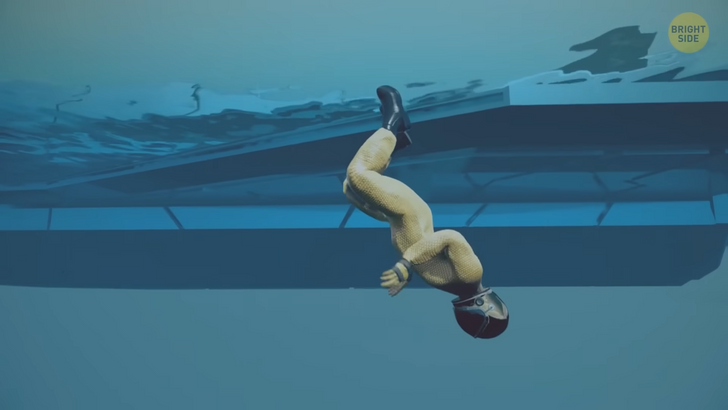
The ocean planet is a planet that consists, as you might have guessed, mainly of water, ice, and maybe some rocks. Think of the Earth’s oceans. Its horrifying depths, the Mariana Trench and all that... And now can you guess how much space ALL the water on earth takes up? 0.025%. Exactly!
Now, just try to imagine a world of 40-60% water! If you dive in there, the depth can exceed 60 miles. Compared to that, the 6-mile depth of our Mariana Trench sounds like nothing! And yeah, the pressure there will be enormous — it can reach up to 20,000 Earth atmospheres! Very crushing! It may sound scary, but it still would be great to find out more about these planets.
Fortunately, according to scientists’ calculations, there may be a lot of such planets in our galaxy alone. Well, you don’t have to go far — you can find these water guys even in our Solar system! Not planets, of course, but moons. Jupiter has Ganymede and Callisto, and Saturn has Titan and Enceladus. The ocean can reach up to 30% of the mass of these moons!
Although it isn’t clear whether these oceans are covered with a thick crust of ice. But we’ve discovered quite a few full-fledged ocean planets. This is because the conditions in which these planets may exist are very specific. For example, this planet should be somewhere 6-8 times larger than the Earth. If it’s smaller, it will have a rocky surface. If it’s bigger, it will turn into a gas giant.
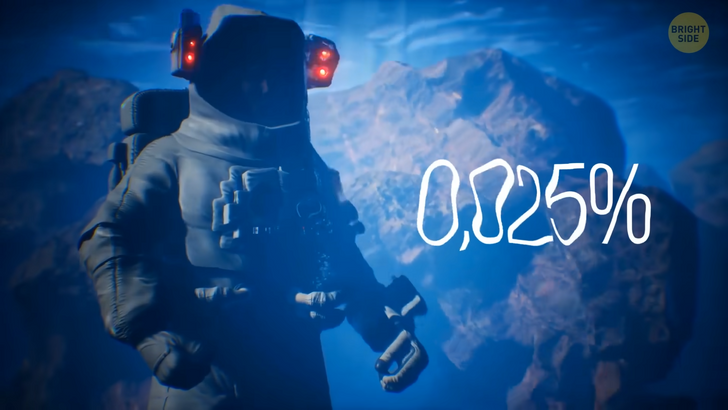
At the same time, it must be in the habitable zone of its star. A little further — and the planet immediately turns into an icy giant or a cold super-earth. So yeah, these guys are very picky. We first started exploring these planets back in the 1970s. However, since then we’ve found only a couple of them. But they’re still very interesting.
The first planet is Gliese-1214 b. It was the very first ocean planet that we discovered. Initially, the scientists noticed only a small, dim dot. This dot turned out to be the red dwarf star Gliese-1214. An unremarkable, completely ordinary star that’s 5 times smaller than our Sun and 300 times dimmer.
Scientists wouldn’t worry about it at all... But back in 2009, they noticed that this star has one single planet. And this planet turned out to be... quite strange. This “super-earth” was 2.5 times bigger than our Earth and 6.5 times heavier...
But at the same time, it had a very, very small density and about the same gravity as our planet. In other words, there were almost no rocks and metals on it. But it wasn’t a gas giant either... So there was only one option left: it was covered in water and ice. And that’s how we discovered the first ocean planet.
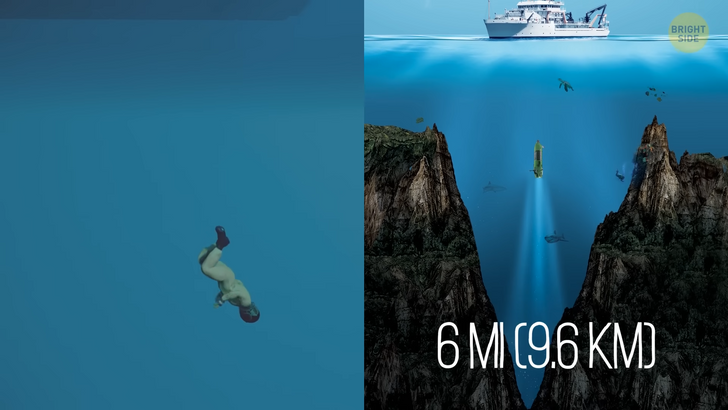
Well, actually, we only assume that it consists of water. That’s what the mathematical calculations say. In reality, this planet is quite confusing. It’s difficult to explore, and so far scientists haven’t been able to find anything there — no hydrogen, no helium, no water... nada. That’s because the outer layer of the atmosphere of this planet is very dense, and it perfectly hides its composition. But even so, it’s probably a water world.
Gliese-1214 b is very close to its star. It’s only 0.014 astronomical units away, which is less than the distance between the moon and us! The year there lasts about 36 hours, and the temperatures, to put it mildly, are just WILD. Scientists suggest that the average temperature there can reach 250-535 °F. Whew that’s hot!
Remember the creepy description from the beginning? Well, actually, spending time on Gliese-1214 b would be a little different. More like swimming in a steam boiler. Because of such gigantic temperatures, the ocean on the surface will be constantly in a state close to boiling without actually reaching it.
So... Imagine that you’re descending to the surface of this planet, flying through clouds of steam. And then, you suddenly find yourself in the water! What? But when did it happen? That’s because the boundary between steam and water on Gliese-1214 b will be very blurred.
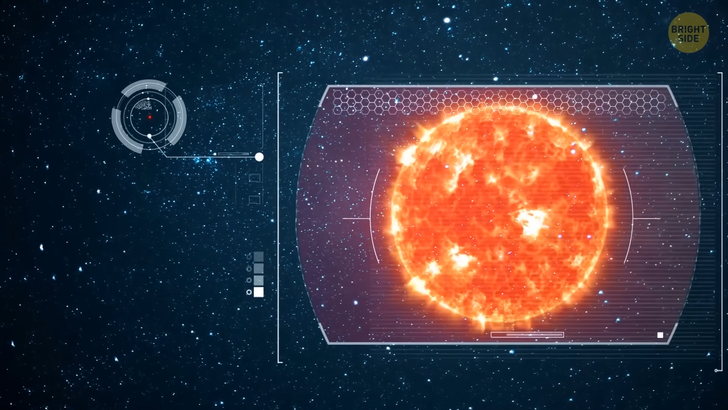
Of course, you won’t be able to swim to the bottom of this ocean. But most likely, this bottom is covered with a VERY thick layer of so-called “hot ice”. It’s like regular ice, but it doesn’t really care about the laws of physics, so it just doesn’t melt even at gigantic temperatures. And the thickness of this ice can reach as much as 3,000 miles! So that’s it for the creepy Gliese-1214 b. (And not an AirBnB in sight.) Now although we can’t 100% guarantee that it’s a water world, we still have another candidate for this position!
A newly discovered planet called TOI-1452 b. This planet, located in the Dragon constellation, is almost 100 light-years away from us. It was discovered using the TESS telescope by a group of researchers from the University of Montreal. This planet also belongs to the class of “super-earths”. It’s 7 times larger than our planet, but 48 times heavier! Again, all this is at a very low density. Because of this, scientists have suggested that almost the entire planet consists of a giant ocean.
Here we were a little luckier — this world won’t be just “a giant puddle and some thick ice”. On this planet, there’s probably a rocky surface deep under the water, just like in a typical ocean. Don’t get too excited though — this ocean will certainly be very different from what we’re used to. TOI-1452 b also orbits a small red dwarf. And not even one, but two at once!
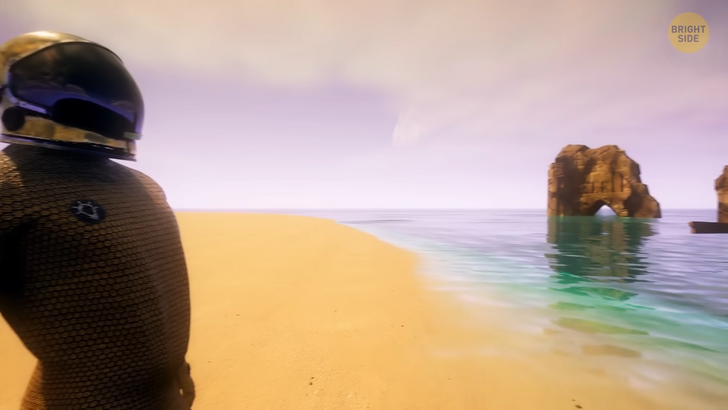
At the same time, if the previous planet was close to its Sun, then this one, on the contrary, is very, very far away. It’s 2.5 times farther from its stars than Pluto is from the Sun! And it moves at great speed — a year there lasts only 11 days. But we still don’t know many things about this planet. We’ll probably get some new information when scientists observe it from the James Webb Telescope. Well, that’s it. Wait? Did you expect something else?
Alright, alright, I know the question that bothers you the most. Can there be life? Well... This is a difficult question. We all know that water means life, and besides, these planets are in the habitable zones of their stars. So potentially, yes, there may be life. Not some full-fledged civilizations, of course...
But bacteria, fish, and some creepy giant monsters. I mean, why not? However, this is very unlikely. Water alone isn’t enough to create life, even though it’s very important. There also should be some microelements and minerals. And, unfortunately, for most water planets, the composition will only consist of water and very thick ice. There won’t be any minerals there.
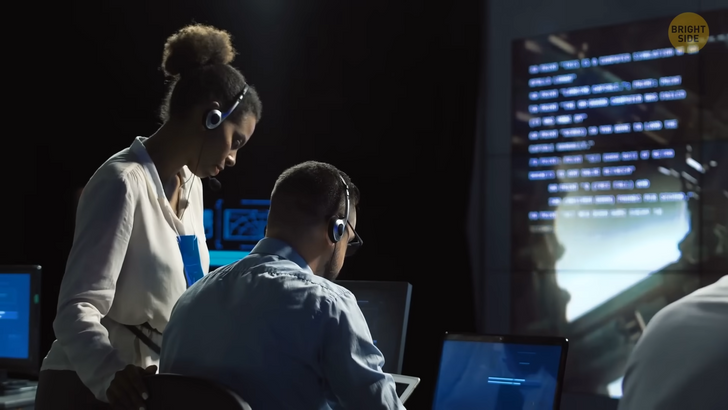
But don’t give up! There’s still some probability. First of all, there are meteorites and comets. They can bring the necessary minerals to the planet.
The more often they crash into it, the higher the probability is that they’ll bring something like this into the ocean and thus, create life. Secondly, TOI-1452 b actually has these minerals! Yes, we don’t know how deep the rocky bottom is located there. But if it exists, then surely something could’ve originated there.
Let’s hope that new research with powerful telescopes will allow us to find out the truth. And who knows? Maybe one day we’ll be able to visit such a planet ourselves.











